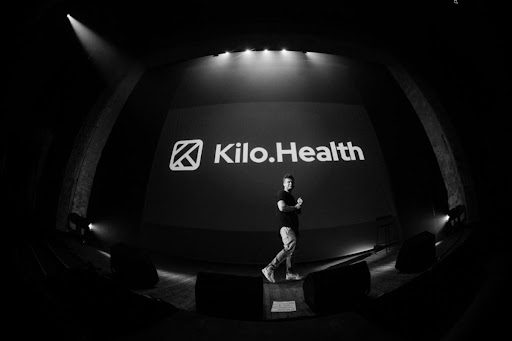Accessibility is key to good healthcare. After all, everyone deserves access to good health. And Kilo Health agrees.
Digital health and wellness is a relatively new phenomenon. With the advent of smartphones and innovations in AI, it became easier and easier for people to manage their health all in one place. Kilo Health has created effective and highly successful apps that allow its users to do just this, but does using an app to manage your condition make overall wellness more accessible to the everyday person?
Digital Healthcare and Accessibility
Digital health apps are empowering patients across the world to take control of their health. With an all-in-one place to access good advice and support, more and more people are able to take control and get what they need in an easy way.
Kilo Health has created a variety of apps to offer this empowerment to people, including apps to help those with chronic conditions like diabetes and heart conditions. These apps offer a space to consolidate all patient data and turn it into predictive analysis and personalization.
With such an easy way to accommodate your data, communication between patients and their healthcare providers is made easier, as is tracking health metrics. Being able to monitor your own health metrics and collect all of that data is also incredibly important for keeping on top of your health.
As we know, many digital health and wellbeing apps utilize AI-driven technology which analyzes the data you put into the apps to offer predictive modelling and recommendations. This highly personalized approach to care means that each user is getting exactly what they need from the app.
And of course, these apps make wellness more accessible simply because more people now have smartphones to use them. Indeed, the Pew Research Center found that in 2021, 85% of Americans owned a smartphone, while 18% of Americans live more than 10 miles from their nearest hospital. This research, also from the Pew Research Center, found vast differences in accessibility to good healthcare and hospitals depending upon where respondents lived.
While we know that a digital health app is no stand-in for in-person medical care, particularly when it is an emergency, what they do offer are preventive measures, lifestyle changes, and personalized guidance for each and every user. And for many users, this could mean the difference between long travel times to their local care facility and getting that information instantly on their phone.
Why Does Wellness Need to be Accessible?
Good health and wellness should be accessible to all, but currently, it is not. Many factors affect a person’s accessibility to healthcare, including socioeconomic status, race, gender, and location. However, as medicine in its current form is a reactive solution–meaning it generally treats illnesses once they occur–accessibility to wellness could have a profound impact on the number of Americans with chronic illnesses and preventable diseases.
By offering accessible solutions that help people get a handle on their overall health and well-being, there may be a chance to reduce the number of chronically ill people around the country.
Conclusion: Wellness and Accessibility
Kilo Health’s mission is to help real people with their problems which is why they have always worked alongside those they serve. Digital health does open up wellness to more people, making it more accessible and helping everyone to be healthier.

































